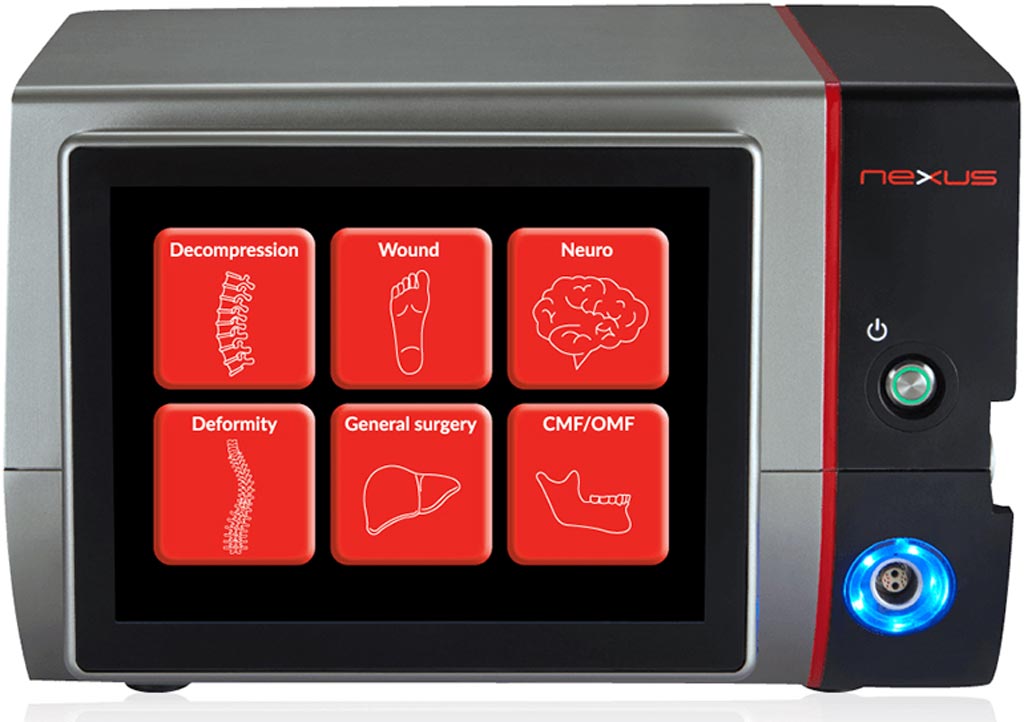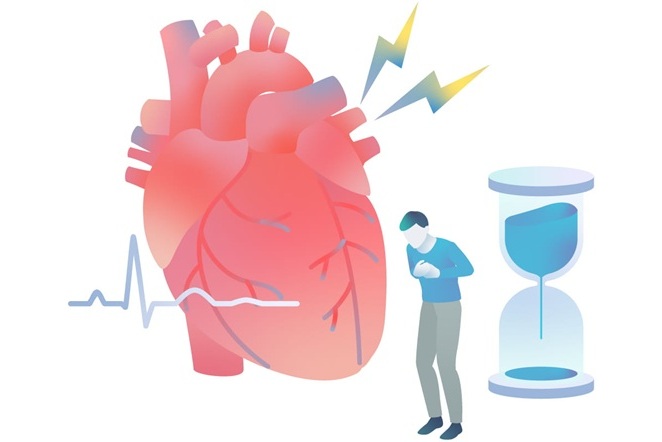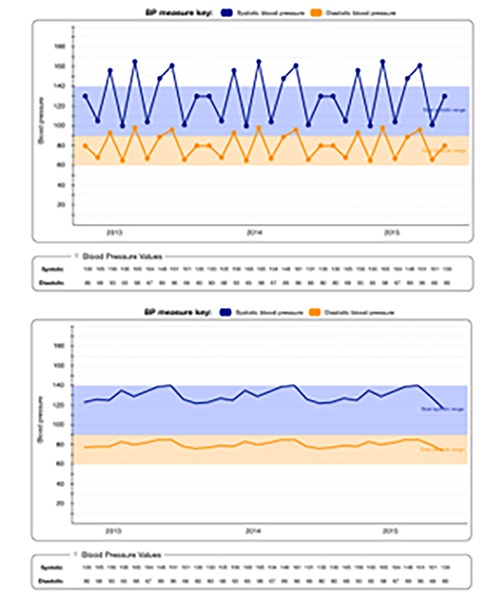Ultrasonic Surgical Platform Integrates Minimally Invasive Therapeutics
|
By HospiMedica International staff writers Posted on 20 Jun 2019 |

The Nexus integrated ultrasonic surgical platform (Photo courtesy of Misonix).
A new ultrasonic surgical platform combines cutting, debridement, and aspiration tools into one unified system.
The Misonix (Armingdale, NY, USA) Nexus system is a next-generation integrated ultrasonic surgical platform that combines all the features of the company’s existing solutions into a single system that will also serve to power future solutions. The system includes BoneScalpel, a precision oscillating tool designed for millimeter-wide cuts in bone while sparing surrounding soft tissue; the SonicOne attachment, which provides a debridement tool for cleaning wounds and removing damaged tissue or bacterial biofilms; and the SonaStar ultrasonic aspirator, which removes targeted tissues, such as tumors.
A new proprietary digital algorithm results in more power, efficiency, and control. Physicians can utilize the increased power to improve tissue resection rates, in concert with its proprietary digital algorithm so as to conduct more efficient bone removal procedures. In addition, the system’s a digital touch screen display and smart system setup ensure ease of use, enabling physicians to fully leverage its capabilities. Nexus also incorporates radiofrequency (RF) capabilities, allowing for use in general surgery procedures using proprietary bone-sculpting tips and deep-access and laparoscopic probes.
“Nexus is a powerful, highly integrated, and easy-to-use system that will benefit both healthcare providers and patients by incorporating the latest advances in ultrasonic technology, allowing for increased efficiency and efficacy, and thus improved outcomes,” said Stavros Vizirgianakis, President and CEO of Misonix. “Nexus is a key component of our strategy to increase our presence in the neuro, spine, ortho, wound, and general surgery markets.”
Piezoelectric bone surgery utilizes ultrasonic vibrations to cut hard tissue, while leaving soft tissues untouched by the process. The ultrasonic frequency is modulated to 29 kHz, a low frequency that enables the cutting of the mineralized structures alone. The power is adjusted from 2.8 to 16 W, with preset power settings for various types of bone density. The tip itself vibrates within a range of 60–200 µm, which allows clean cutting with precise incisions.
Related Links:
Misonix
The Misonix (Armingdale, NY, USA) Nexus system is a next-generation integrated ultrasonic surgical platform that combines all the features of the company’s existing solutions into a single system that will also serve to power future solutions. The system includes BoneScalpel, a precision oscillating tool designed for millimeter-wide cuts in bone while sparing surrounding soft tissue; the SonicOne attachment, which provides a debridement tool for cleaning wounds and removing damaged tissue or bacterial biofilms; and the SonaStar ultrasonic aspirator, which removes targeted tissues, such as tumors.
A new proprietary digital algorithm results in more power, efficiency, and control. Physicians can utilize the increased power to improve tissue resection rates, in concert with its proprietary digital algorithm so as to conduct more efficient bone removal procedures. In addition, the system’s a digital touch screen display and smart system setup ensure ease of use, enabling physicians to fully leverage its capabilities. Nexus also incorporates radiofrequency (RF) capabilities, allowing for use in general surgery procedures using proprietary bone-sculpting tips and deep-access and laparoscopic probes.
“Nexus is a powerful, highly integrated, and easy-to-use system that will benefit both healthcare providers and patients by incorporating the latest advances in ultrasonic technology, allowing for increased efficiency and efficacy, and thus improved outcomes,” said Stavros Vizirgianakis, President and CEO of Misonix. “Nexus is a key component of our strategy to increase our presence in the neuro, spine, ortho, wound, and general surgery markets.”
Piezoelectric bone surgery utilizes ultrasonic vibrations to cut hard tissue, while leaving soft tissues untouched by the process. The ultrasonic frequency is modulated to 29 kHz, a low frequency that enables the cutting of the mineralized structures alone. The power is adjusted from 2.8 to 16 W, with preset power settings for various types of bone density. The tip itself vibrates within a range of 60–200 µm, which allows clean cutting with precise incisions.
Related Links:
Misonix
Latest Surgical Techniques News
- DNA Origami Improves Imaging of Dense Pancreatic Tissue for Cancer Detection and Treatment
- Pioneering Sutureless Coronary Bypass Technology to Eliminate Open-Chest Procedures
- Intravascular Imaging for Guiding Stent Implantation Ensures Safer Stenting Procedures
- World's First AI Surgical Guidance Platform Allows Surgeons to Measure Success in Real-Time
- AI-Generated Synthetic Scarred Hearts Aid Atrial Fibrillation Treatment
- New Class of Bioadhesives to Connect Human Tissues to Long-Term Medical Implants
- New Transcatheter Valve Found Safe and Effective for Treating Aortic Regurgitation
- Minimally Invasive Valve Repair Reduces Hospitalizations in Severe Tricuspid Regurgitation Patients
- Tiny Robotic Tools Powered by Magnetic Fields to Enable Minimally Invasive Brain Surgery
- Magnetic Tweezers Make Robotic Surgery Safer and More Precise
- AI-Powered Surgical Planning Tool Improves Pre-Op Planning
- Novel Sensing System Restores Missing Sense of Touch in Minimally Invasive Surgery
- Headset-Based AR Navigation System Improves EVD Placement
- Higher Electrode Density Improves Epilepsy Surgery by Pinpointing Where Seizures Begin
- Open-Source Tool Optimizes Placement of Visual Brain Implants
- Easy-To-Apply Gel Could Prevent Formation of Post-Surgical Abdominal Adhesions
Channels
Critical Care
view channel
Breakthrough AI Technology Accurately Assesses Heart Failure Severity
Heart failure (HF) is a complex condition where the heart cannot effectively pump blood to meet the body’s needs due to underlying medical issues. It is marked by recurring episodes and frequent hospitalizations.... Read more
New Approach to Visualizing Blood Pressure Data Can Help Better Manage Hypertension Patients
Sometimes, a patient’s blood pressure may be elevated in a doctor's office but normal at home, a phenomenon known as white coat hypertension. It is estimated that 10% to 20% of high blood pressure diagnoses... Read morePatient Care
view channel
Portable Biosensor Platform to Reduce Hospital-Acquired Infections
Approximately 4 million patients in the European Union acquire healthcare-associated infections (HAIs) or nosocomial infections each year, with around 37,000 deaths directly resulting from these infections,... Read moreFirst-Of-Its-Kind Portable Germicidal Light Technology Disinfects High-Touch Clinical Surfaces in Seconds
Reducing healthcare-acquired infections (HAIs) remains a pressing issue within global healthcare systems. In the United States alone, 1.7 million patients contract HAIs annually, leading to approximately... Read more
Surgical Capacity Optimization Solution Helps Hospitals Boost OR Utilization
An innovative solution has the capability to transform surgical capacity utilization by targeting the root cause of surgical block time inefficiencies. Fujitsu Limited’s (Tokyo, Japan) Surgical Capacity... Read more
Game-Changing Innovation in Surgical Instrument Sterilization Significantly Improves OR Throughput
A groundbreaking innovation enables hospitals to significantly improve instrument processing time and throughput in operating rooms (ORs) and sterile processing departments. Turbett Surgical, Inc.... Read moreHealth IT
view channel
Printable Molecule-Selective Nanoparticles Enable Mass Production of Wearable Biosensors
The future of medicine is likely to focus on the personalization of healthcare—understanding exactly what an individual requires and delivering the appropriate combination of nutrients, metabolites, and... Read more
Smartwatches Could Detect Congestive Heart Failure
Diagnosing congestive heart failure (CHF) typically requires expensive and time-consuming imaging techniques like echocardiography, also known as cardiac ultrasound. Previously, detecting CHF by analyzing... Read moreBusiness
view channel
Expanded Collaboration to Transform OR Technology Through AI and Automation
The expansion of an existing collaboration between three leading companies aims to develop artificial intelligence (AI)-driven solutions for smart operating rooms with sophisticated monitoring and automation.... Read more

















